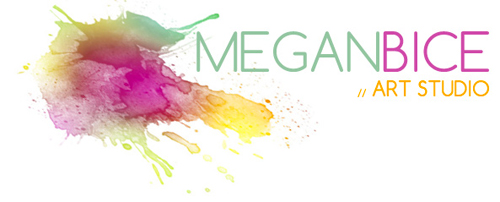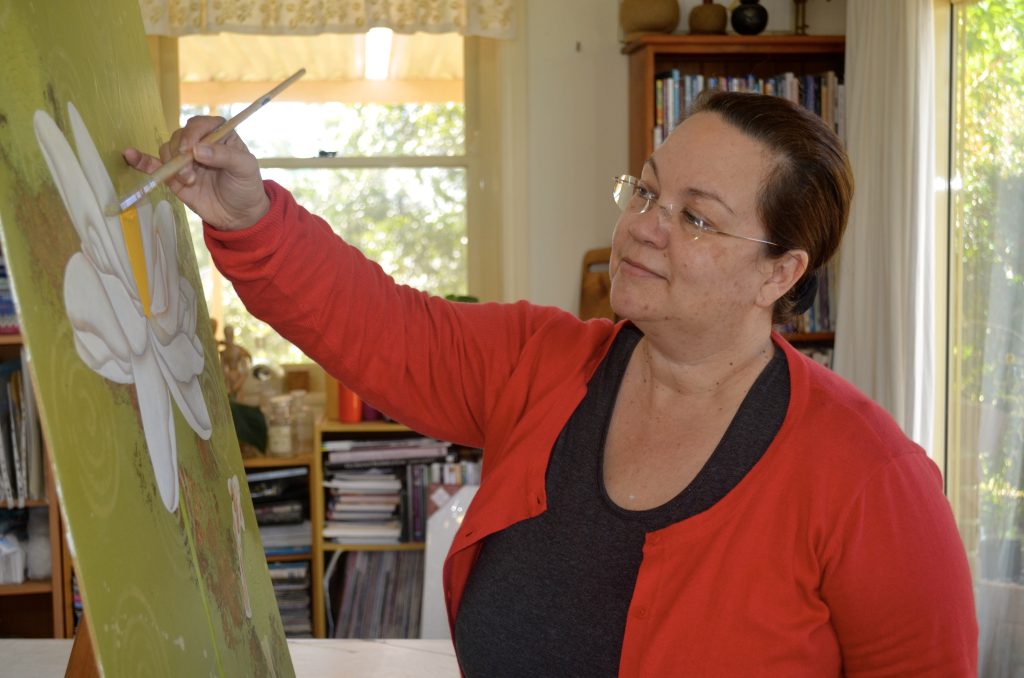- Organise Your Space: Keep your art supplies organised and easily accessible.
- Create a Vision Board: Pin up images, quotes, and ideas that inspire you.
- Set Clear Goals: Define what you want to achieve in your art practice.
- Create a Routine: Establish a regular schedule for creating art.
- Experiment with New Mediums: Try new art mediums to keep things interesting.
- Attend Workshops and Classes: Learn new techniques and skills.
- Join a Community: Connect with other artists for support and inspiration.
- Listen to Podcasts or Audiobooks: Stay inspired while working by listening to podcasts or audiobooks.
- Take Breaks: Give yourself permission to take breaks when needed.
- Explore Nature: Find inspiration in the outdoors.
- Practice Mindfulness: Stay present and focused on your art.
- Create a Comfortable Workspace: Make sure your studio is a comfortable place to work.
- Use Natural Light: Natural light can enhance your mood and creativity.
- Limit Distractions: Minimize distractions in your studio.
- Keep a Sketchbook: Use a sketchbook to jot down ideas and sketches.
- Try Collaborations: Collaborate with other artists for new perspectives.
- Experiment with Scale: Try working on a larger or smaller scale than usual.
- Celebrate Small Wins: Acknowledge and celebrate your progress.
- Create a Playlist: Curate a playlist of music that inspires you.
- Attend Art Events: Visit art galleries, museums, and exhibitions for inspiration.
- Set Up a Still Life: Create a still life setup for observational drawing.
- Create a Mood Board: Collect images and materials that reflect your current mood or theme.
- Practice Gratitude: Reflect on what you’re grateful for in your art practice.
- Try Art Challenges: Participate in art challenges to stretch your creativity.
- Experiment with Colour Mixing: Play with different colour combinations.
- Use Found Objects: Incorporate found objects into your art.
- Create a Series: Develop a series of works around a common theme.
- Visit a Library: Research art history or new techniques at the library.
- Create Art Rituals: Develop rituals that signal the start or end of your art sessions.
- Create a Time-Lapse Video: Document your process with a time-lapse video.
- Try Art Journaling: Use art journaling as a way to explore your thoughts and feelings.
- Attend Life Drawing Sessions: Practice drawing from life.
- Experiment with Texture: Incorporate texture into your work.
- Create a Portfolio: Compile a portfolio of your best work.
- Attend Art Fairs: Explore art fairs for inspiration and networking.
- Teach Others: Share your knowledge by teaching art to others.
- Create Art Prints: Explore printing your art on different materials.
- Explore Art History: Study the work of artists from different time periods.
- Write About Your Art: Keep a journal to reflect on your art practice.
- Create Art Merchandise: Design merchandise featuring your art.
- Try Digital Art: Experiment with digital art tools and software.
- Create Art for a Cause: Use your art to raise awareness for a cause you care about.
- Attend Art Retreats: Take a retreat focused on art-making.
- Create a Portfolio Website: Showcase your art online.
- Experiment with Mixed Media: Combine different art mediums in your work.
- Document Your Process: Keep a visual diary of your artistic process.
- Create Art Gifts: Make art to give to friends and family.
- Try Art Therapy: Use art as a therapeutic practice.
- Create Art Tutorials: Share your techniques with others through tutorials.
- Create Art for a Specific Space: Design art for a particular room or environment.
- Experiment with Art Residencies: Apply for artist residencies to work in new environments.
- Create Art in Public: Do public art installations or performances.
- Attend Artist Talks: Listen to artists speak about their work.
- Experiment with Art Conservation: Learn about preserving and restoring art.
- Create Art Rituals: Develop rituals that signal the start or end of your art sessions.
- Create a Time-Lapse Video: Document your process with a time-lapse video.
- Try Art Journaling: Use art journaling as a way to explore your thoughts and feelings.
- Attend Life Drawing Sessions: Practice drawing from life.
- Experiment with Texture: Incorporate texture into your work.
- Create a Portfolio: Compile a portfolio of your best work.
- Attend Art Fairs: Explore art fairs for inspiration and networking.
- Teach Others: Share your knowledge by teaching art to others.
- Create Art Prints: Explore printing your art on different materials.
- Explore Art History: Study the work of artists from different time periods.
- Write About Your Art: Keep a journal to reflect on your art practice.
- Create Art Merchandise: Design merchandise featuring your art.
- Try Digital Art: Experiment with digital art tools and software.
- Create Art for a Cause: Use your art to raise awareness for a cause you care about.
- Attend Art Retreats: Take a retreat focused on art-making.
- Create a Portfolio Website: Showcase your art online.
- Experiment with Mixed Media: Combine different art mediums in your work.
- Document Your Process: Keep a visual diary of your artistic process.
- Create Art Gifts: Make art to give to friends and family.
- Try Art Therapy: Use art as a therapeutic practice.
- Create Art Tutorials: Share your techniques with others through tutorials.
- Create Art for a Specific Space: Design art for a particular room or environment.
- Experiment with Art Residencies: Apply for artist residencies to work in new environments.
- Create Art in Public: Do public art installations or performances.
- Attend Artist Talks: Listen to artists speak about their work.
- Experiment with Art Conservation: Learn about preserving and restoring art.
- Create Art Rituals: Develop rituals that signal the start or end of your art sessions.
- Create a Time-Lapse Video: Document your process with a time-lapse video.
- Try Art Journaling: Use art journaling as a way to explore your thoughts and feelings.
- Attend Life Drawing Sessions: Practice drawing from life.
- Experiment with Texture: Incorporate texture into your work.
- Create a Portfolio: Compile a portfolio of your best work.
- Attend Art Fairs: Explore art fairs for inspiration and networking.
- Teach Others: Share your knowledge by teaching art to others.
- Create Art Prints: Explore printing your art on different materials.
- Explore Art History: Study the work of artists from different time periods.
- Write About Your Art: Keep a journal to reflect on your art practice.
- Create Art Merchandise: Design merchandise featuring your art.
- Try Digital Art: Experiment with digital art tools and software.
- Create Art for a Cause: Use your art to raise awareness for a cause you care about.
- Attend Art Retreats: Take a retreat focused on art-making.
- Create a Portfolio Website: Showcase your art online.
- Experiment with Mixed Media: Combine different art mediums in your work.
- Document Your Process: Keep a visual diary of your artistic process.
- Create Art Gifts: Make art to give to friends and family.
- Try Art Therapy: Use art as a therapeutic practice.
These hacks can help you stay motivated and inspired in your art practice.


